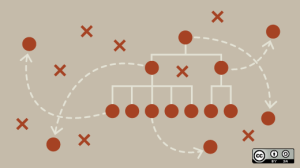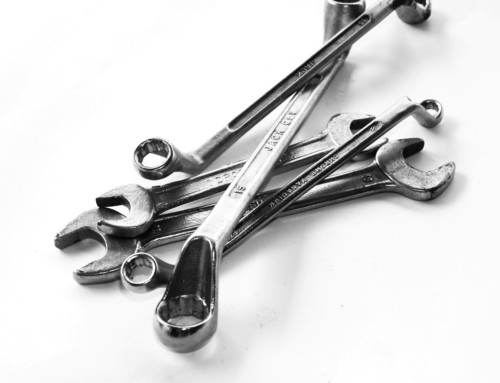The key to driving performance to new heights is Roles & Responsibilities.
Your planner is putting together a scheduler to 8:00pm on a Friday night for Saturday morning. Your storeroom doesn’t have the parts you need and you maintenance supervisor is running back and forth. On top of this, you are unable to meet your maintenance goals, preventing the organization from achieving its goals.
Depending on your organization, you may walk into this type of chaos every morning, and those that don’t, chances are you did at some point.
So what separates the organizations that have this chaos and those that don’t? Clear Roles & Responsibilities is what separates these two types of organizations. This is the first of a series of 6 posts on the topic of Roles & Responsibilities.
What Roles & Responsibilities Enable
Roles & Responsibilities enables the organization to break free of the reactive cycle and deliver significant improvements in their department. In addition, clarity of roles is provided, teamwork is established and every role get clear accountabilities. With clear accountabilities, everyone knows what they are measured on, and as such, they will work on that. This prevents duplication of work and poor quality work.
How to Define Roles & Responsibilities
Defining Roles & Responsibilities is not as simple and writing down who is going to do what (but it is a key part of the process). When defining the roles and responsibilities, there is a process;
- Define the maintenance goals (but make sure it is aligned with the business goals)
- Define how the maintenance goals will be achieved
- Identify the gaps in the processes that are preventing you from achieving the goals
- Create a new process to close the gaps
- Define who will do each step in the process, and how each person will be measured
- Define how the information will be communicated during each step of the process
- Identify the pain points that will be eliminated with the new process
- Share the new process, pain points eliminated, and the responsibilities and accountabilities with the team
- Develop a plan with the team to put in place the new process
- Measure the adaptation and address as needed
Using this process, more than a few sites have made significant improvements in their process and their performance.
How Roles & Responsibilities Make a Difference
Why does this work? It works because it aligns the team and allows the individuals to focus on their key function. When the individuals know who they can depend on for what, it will make a difference for everyone. I recently read in an article, that “discipline equals freedom” (you can read that article here). Roles and responsibilities does equal discipline. Discipline to the role, which allows the team to make significant improvements in the performance of the site.
The site that was mentioned above, made significant improvements after defining a roles & responsibilities. The planner had the schedule ready for Thursday morning, the storeroom, not only had the parts, but they were kitted by the end of day Friday. Also, the supervisors had the time to coach the technicians and take part in Root Cause Analysis. The site not only met their production goals for the first time in 3 years, but they exceeded them.
Do you have more than a job description to define roles & responsibilities? Do you feel it is more than enough to move your team in the right direction? If you feel defining Roles & Responsibilities is overwhelming, just contact Eruditio, LLC and we will be happy to help move our department forward.
Remember, to find success, you must first solve the problem, then achieve the implementation of the solution, and finally sustain winning results.
I’m James Kovacevic
Eruditio, LLC
Where Education Meets Application
Follow @EruditioLLC




